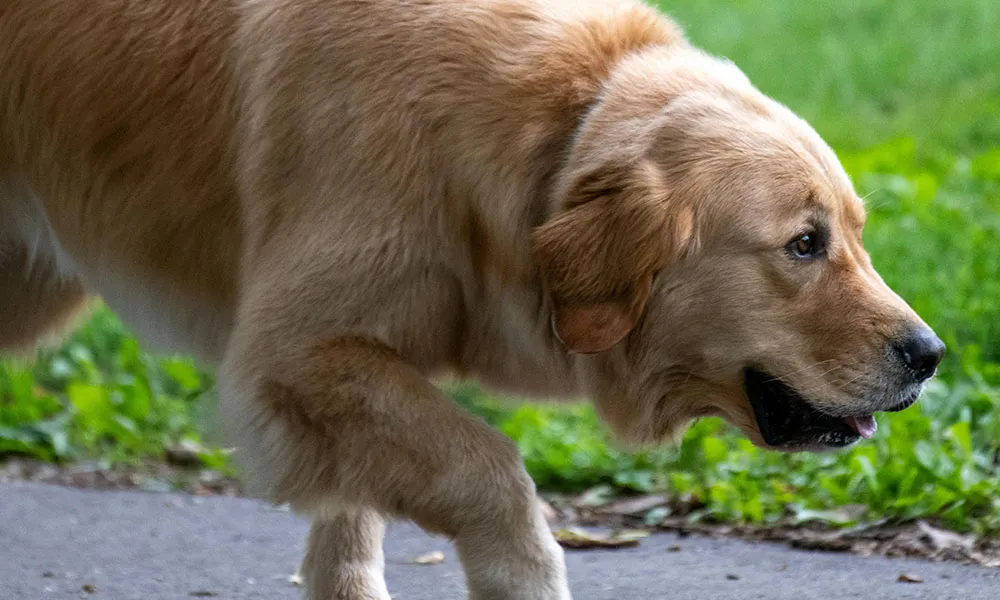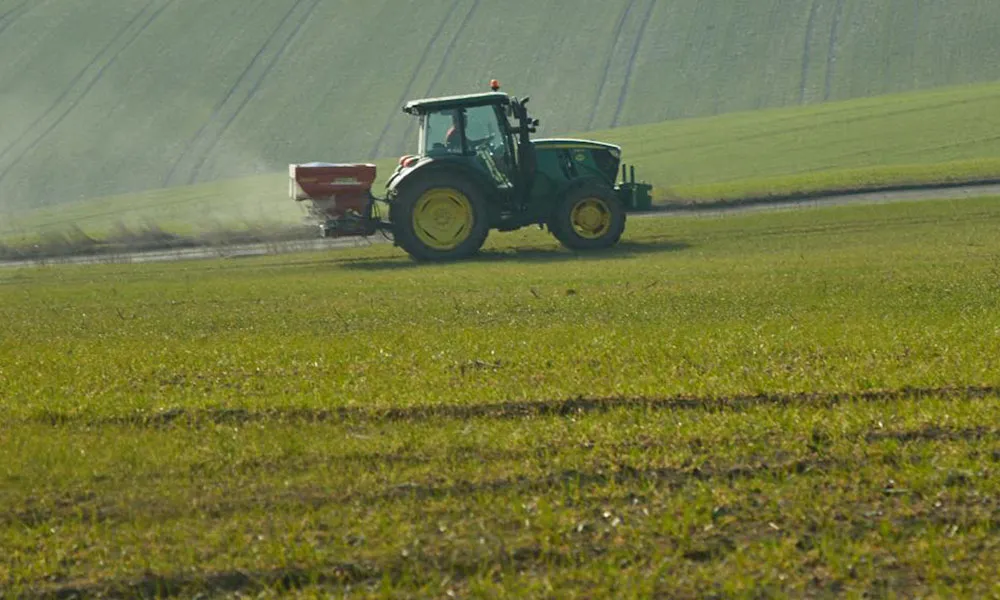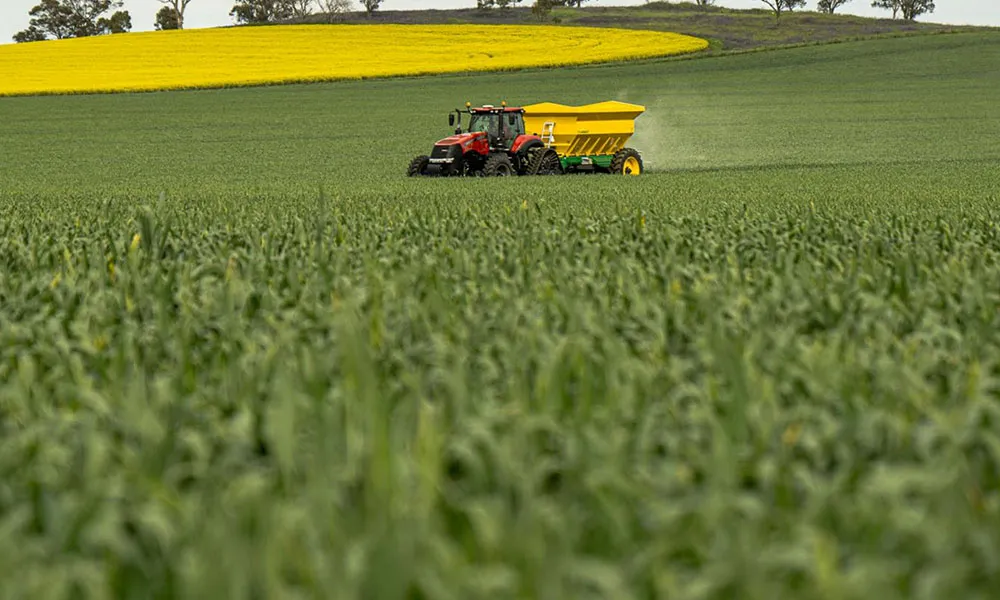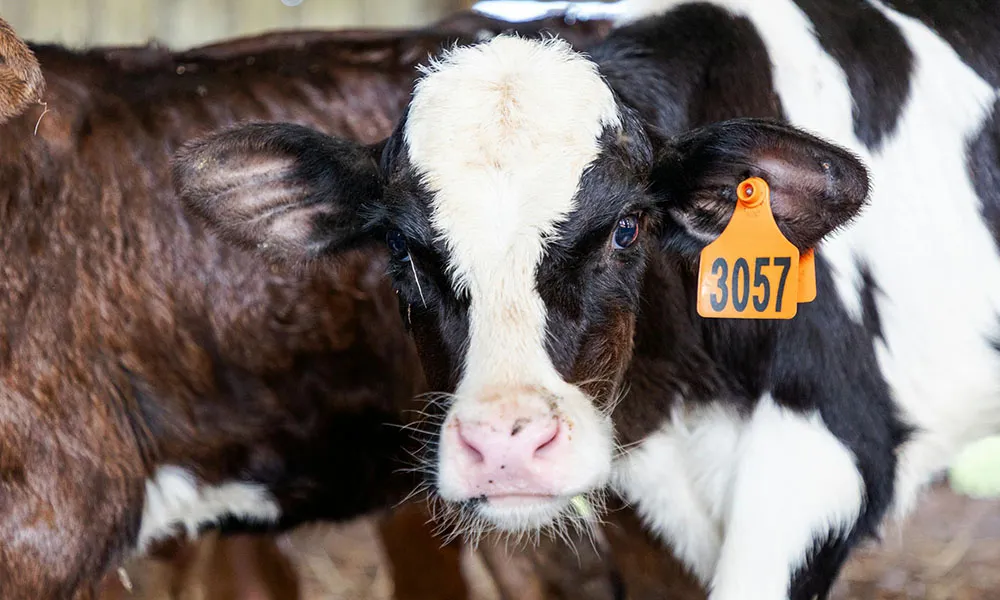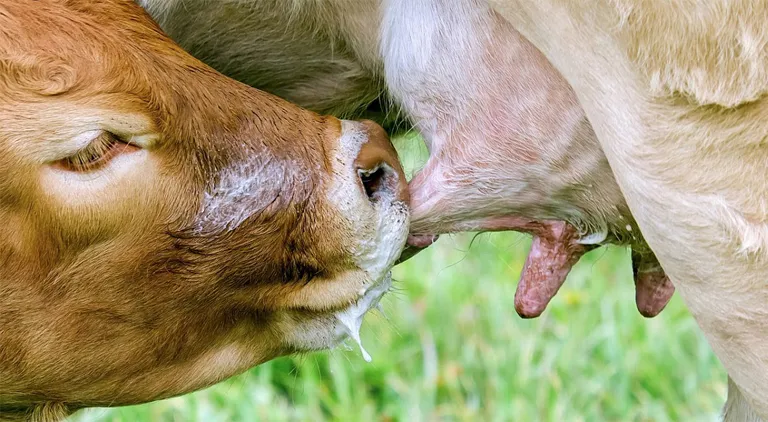
As calving season progresses, Agridirect offers some advice on how to prevent and treat milk fever in lactating cows.
Looking for the home stretch:
We are on the threshold of April, and exhausted farmers stumble onwards, powered through the endless sleepless nights of calving season by adrenalin, caffeine, and pure love of the job. Perhaps the finish line is not yet in sight, but it will be after another bend or two in the road, another couple of hills. Like long-distance runners approaching the home straight, positive thinking can get us a long way. The key to negotiating the last steep inclines is to maintain rhythm, ignore the pain, and focus on the prize waiting at the end!
Milk fever - farmer's scourge:
At this time of year, my thoughts turn to the risk of milk fever. No doubt many of you have already encountered a case or two. In the hours after calving, it is frustratingly common to find a cow excitable, hypersensitive and weak with the disease. If you’re lucky, it will not have progressed to a point where she is twitching and extending her head. At any rate, symptoms are swift to deteriorate. Without rapid intervention, an afflicted cow will likely be dead within hours. Untreated milk fever follows a familiar pattern. After a prolonged period of muscle twitching and weight-shifting, the cow collapses and loses consciousness. Her pulse becomes barely perceptible, while her heart rate surges. Once it has reached this stage, death is almost inevitable.
What is Milk Fever?
In order to prevent or treat milk fever, otherwise known as hypocalcaemia, it is important to understand what causes it. In essence, it is the result of a calcium deficiency of the blood that manifests in the hours after calving. Colostrum production places huge stress on a cow’s blood calcium levels. Normally, to compensate for the loss of blood calcium, cows tap into the reserves of calcium in their gut and bones. Milk fever occurs when a cow is unable to mobilise her calcium reserves, resulting in a severe deficiency of blood calcium levels. There are a number of factors that increase the likelihood of a cow developing milk fever. Cows with twin calves, as well as older cows and those with limited body conditioning are particularly vulnerable.
Treatment:
If a cow has milk fever, every minute counts when it comes to treatment. The longer the disease goes untreated, the smaller her chances of surviving. Therefore it is crucial that you watch your cows carefully in the hours after calving. Be on the lookout for the symptoms of early onset milk fever. These include a loss of appetite and a nervous hypersensitivity or flightiness. You should also feel the cow’s ears and legs. If these are unusually cold, she probably has hypocalcaemia. A very dry nose is a common symptom, too. If the cow exhibits any of these typical signs, you will need to administer a shot of calcium, such as Calciject, as quickly as possible. The calcium shot should be administered subcutaneously or via a slow intravenous injection at the recommended rate. Be sure to warm the solution to body temperature before administration, since the injection is going straight to the bloodstream. If you are not confident that you know how to administer the shot safely, seek the assistance of a vet or a more experienced farmer. This is rural Ireland – people are always happy to help out!
Prevention:
As always, we at Agridirect advocate the precautionary approach when it comes to animal diseases. Ideally, you shouldn’t have to treat hypocalcaemia very often. Because milk fever is a metabolic disease caused by a calcium deficiency, you can take easy and effective measures to support your cow’s blood calcium levels around calving time.
Mineral supplements and buckets:
Bucket licks that are high in calcium are a great way to keep your cows’ blood calcium levels up. Lifeline Pre-Calver, which comes in bucket lick and mineral powder forms, is an excellent way of providing for the mineral needs of pregnant and lactating cows. As always, though, licks provide no guarantee of success. While products from the Uniblock range are an excellent supplement for the cows that use them, we’ve all had fussy cattle who hold aloof of licks.
Boluses:
If your cows aren’t taking to mineral buckets, there are a number of excellent boluses that you can administer to your cows just before calving, or immediately afterwards, to prevent the onset of milk fever. Among the most popular of these are Bovikalc and Agrimin boluses. These have an excellent success rate and are highly regarded by farmers. Another option is the Easycal capsule from Animax, which is a new product on the market and is receiving favourable reviews. Its claim to be up to 40% more potent than similar products is certainly a bold one! If reliable, it would provide a strong guarantee against milk fever. In truth, any one of these products should serve to protect your cows from hypocalcaemia in the hours after calving. Personally, I would recommend that you use mineral buckets and back these up with boluses as required. You should be especially keen to administer boluses to vulnerable animals such as older cows, cows carrying twins, and those with lower body condition scores. 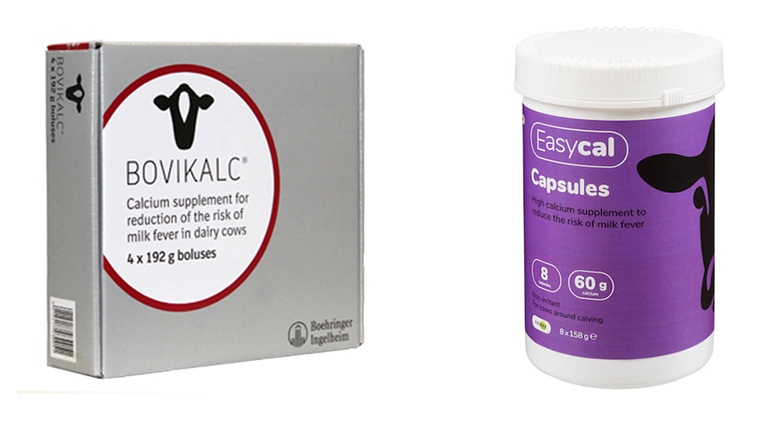
CritiCalc:
For dairy farmers worried about milk fever, the CritiCalc range may be the best option this spring. Another Irish product, CritiCalc comes in three forms: bolus, powder and drench. All three yield the same results, so it’s simply a matter of farmer’s preference. More importantly, the manufacturer’s claims are backed up with scientific data. Aside from reducing the risk of milk fever in the days after calving, studies show that CritiCalc will increase milk yields in the first weeks of lactation.
Signing off:
So that’s it from the animal medicine corner for another week. Be sure to check back in with us next week, when we will have some more advice on the best treatments for common animal diseases! MPG




